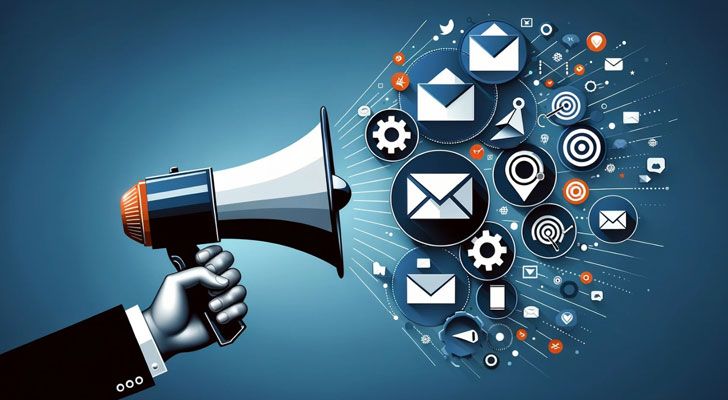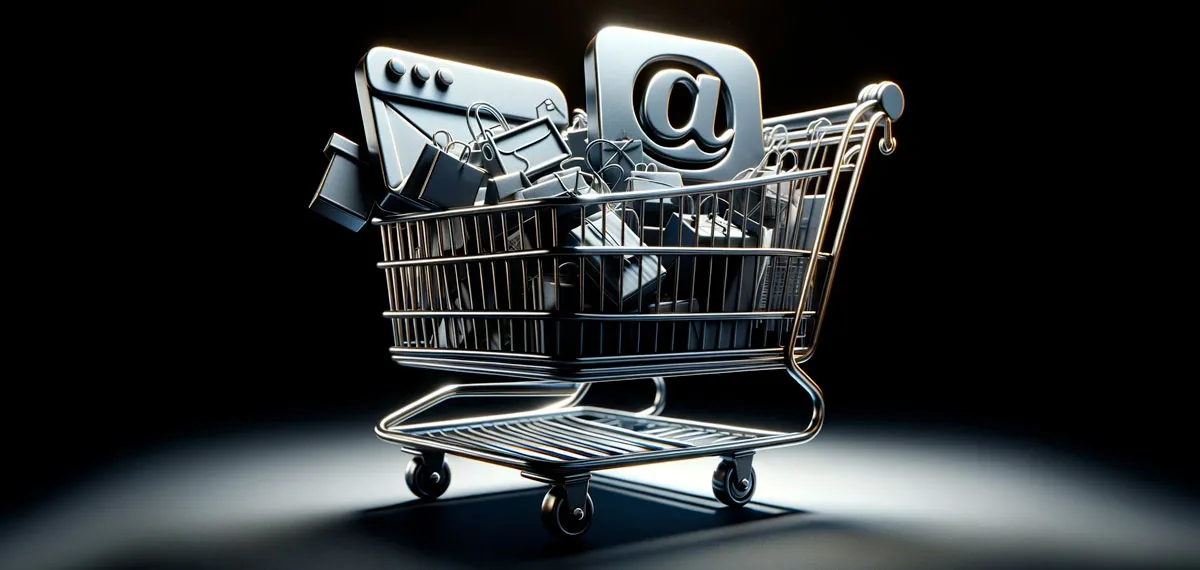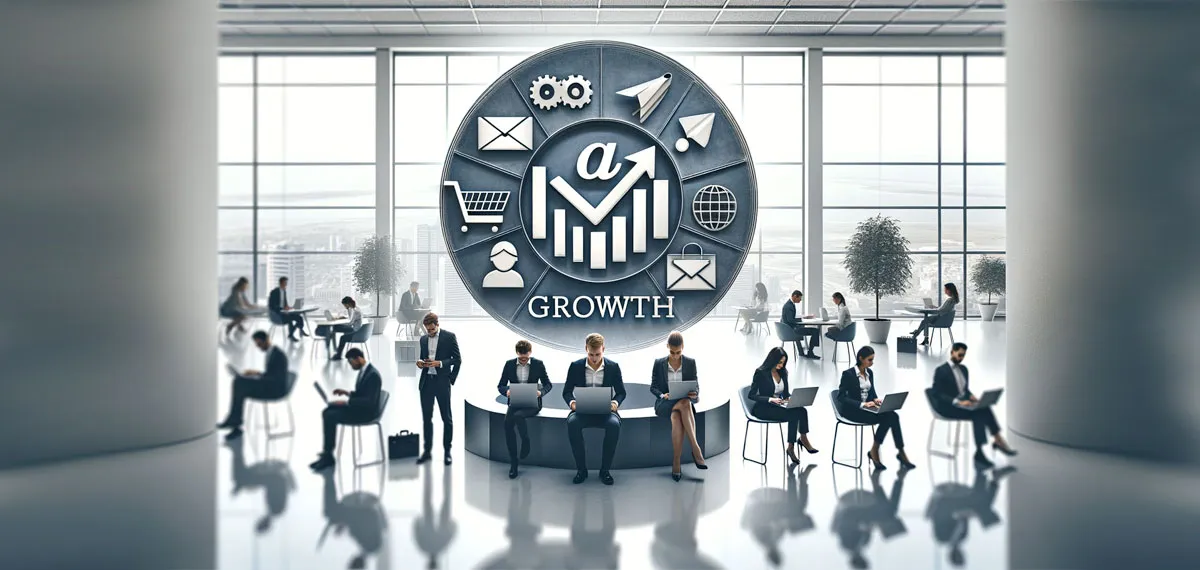In the world of digital marketing, harnessing the power of customer data has become a game-changer for businesses seeking to connect with their audience in a more personalized and effective way. One particularly impactful application of customer data is the creation of automated email campaigns that respond to customer behavior and purchase history. In this blog post, we'll explore how businesses can leverage customer data to trigger relevant and timely automated emails, resulting in more engaging and conversion-driven communication.
The Value of Customer Data
Customer data is a goldmine of insights that can help businesses understand their audience better, anticipate their needs, and deliver a more personalized customer experience. Leveraging this data for email marketing can significantly improve the relevance of your messages. Here's how:
Customer Behavior: Tracking how customers interact with your website, emails, and products can reveal valuable insights. For example, knowing which products a customer has viewed or added to their cart provides a clear indication of their interests.
Purchase History: Understanding a customer's past purchases allows you to make product recommendations, offer relevant upsells or cross-sells, and send replenishment reminders when applicable.
Engagement Metrics: Metrics like open rates, click-through rates, and time spent on your website can indicate the level of interest a customer has in your brand.
Demographic and Location Data: Knowing a customer's age, gender, location, and other demographic information can help tailor the content and offers to their specific needs.

Let us tailor content and offers for your emailing…. We are waiting to talk to you.
Creating Relevant Automated Emails
Once you've collected customer data, it's time to put it to work in your automated email campaigns. Here are some ways to create more relevant and effective email content:
Product Recommendations: Use customer purchase history to recommend related or complementary products. For example, if a customer has bought a camera, you can suggest lenses or accessories.
Abandoned Cart Recovery: Send automated emails to customers who added items to their cart but didn't complete the purchase. Remind them of the items and offer incentives to encourage conversion.
Replenishment Reminders: For products with a defined usage period, such as cosmetics or vitamins, automated emails can remind customers when it's time to replenish their supply.
Exclusive Offers: Send personalized offers based on a customer's behavior, such as a discount on products they've shown interest in.
Content Recommendations: If you have a blog or other content, use customer behavior to recommend articles, guides, or videos that align with their interests.
Event-Based Emails: Send automated emails on birthdays, anniversaries of the customer's first purchase, or other significant events. Include special offers or discounts to celebrate.

Timing is Everything
The timing of your automated emails is as crucial as their content. Here are some best practices for sending automated emails at the right time:
Real-Time Triggers: Implement real-time triggers to send emails immediately after a specific customer action, such as an abandoned cart or a completed purchase.
Behavioral Sequences: Set up email sequences that respond to a series of customer actions. For example, after a customer signs up for your newsletter, you can send a welcome email, followed by product recommendations and exclusive offers over a specified period.
Scheduled Reminders: For products or services that require regular updates or renewals, schedule automated reminders based on the customer's purchase history.
Time Zones: Consider your audience's time zones when scheduling automated emails to ensure they receive them at an appropriate time.
Measuring and Optimizing
Like any marketing strategy, leveraging customer data for automated emails requires continuous monitoring and optimization. Key steps include:
Monitoring Engagement: Keep an eye on open rates, click-through rates, and conversion rates for your automated email campaigns. Analyze which emails and triggers perform best.
A/B Testing: Experiment with different subject lines, email content, and timing to determine what resonates most with your audience.
Customer Feedback: Solicit feedback from your customers to understand their preferences and refine your automated email strategy accordingly.
Data Security: Ensure that you handle customer data responsibly and securely to build trust with your audience.
Compliance: Be aware of and adhere to data protection regulations, such as GDPR or CAN-SPAM, to avoid legal issues.
Conclusion
Leveraging customer data to trigger relevant and timely automated emails is a powerful strategy for enhancing customer engagement and driving conversions. By understanding customer behavior, purchase history, and other relevant data, businesses can create highly personalized and effective email campaigns. The key is to use the insights gained from data analysis to continually refine and optimize your email marketing strategy, ultimately providing a more valuable experience for your customers.
Ready to provide a more valuable experience for your customers? Let’s talk!





